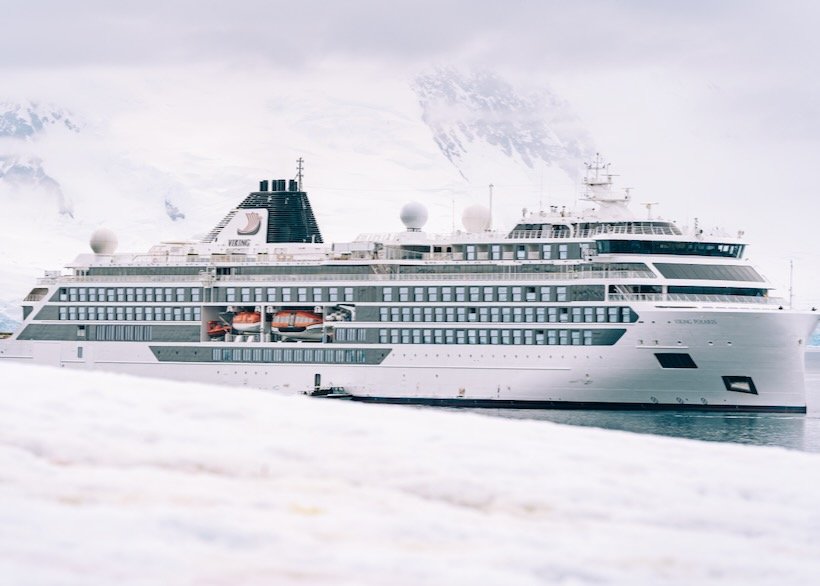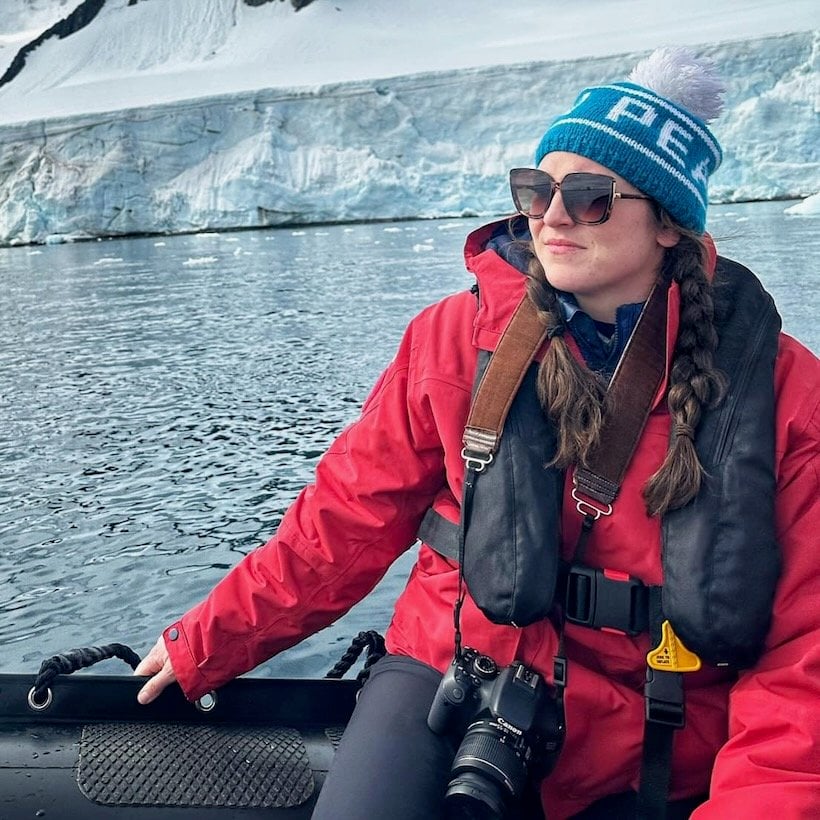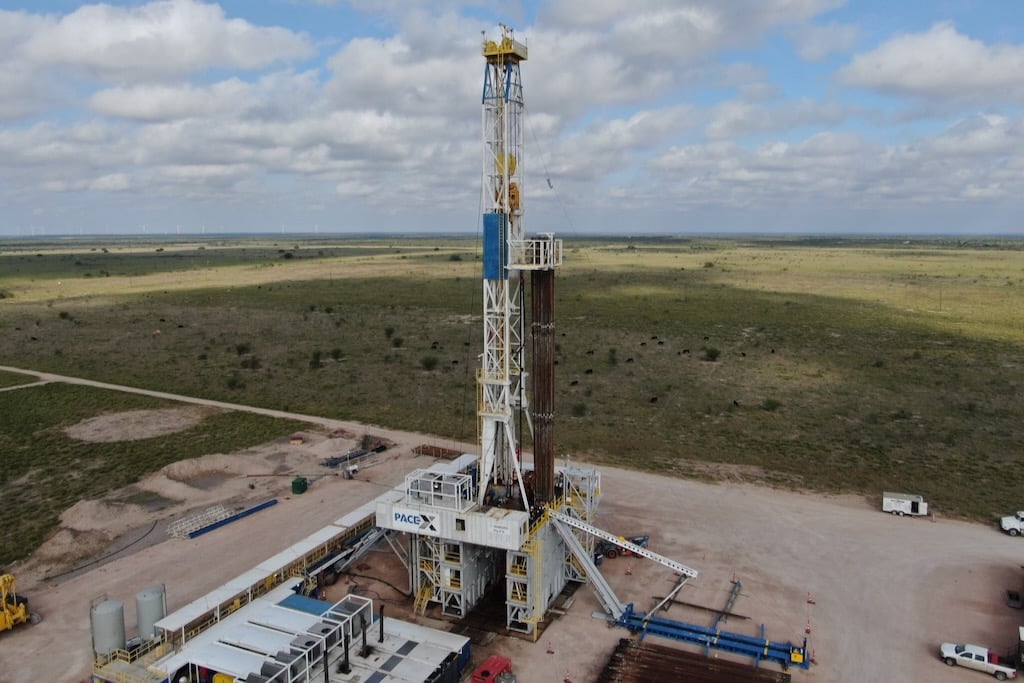A cruise to Antarctica involves the usual suspects: penguin sightings, whale watching, zodiac excursions, and icebergs. But on Viking Cruises two Antarctic vessels—the Octantis and Polaris—some proceeds from passenger tickets pay for onboard scientific research. The program frees researchers from spending time writing proposals and waiting on grant money so they can focus on the science in front of them.
Between exploring remote islands, wildlife watching from the ship’s bow, and gawking at gorgeous glaciers, I spent some of my 9 days on a sponsored trip aboard the Viking Polaris learning about the science happening on these cruises and the constant discoveries unfolding in Antarctica.

Tracking the Scourge of Microplastics
A full wet lab on board the ship is where sampling happens, and guests can have supervised access inside to learn about research, including an ongoing study on microplastics. Scientists had hoped that the powerful Antarctic Circumpolar Current might’ve kept the tiny synthetic bits that plague the world’s oceans away from the White Continent. But that’s not the case.
On Viking’s cruises, water samples are collected in a ferrybox—a system of automated sensors—as the Octantis and Polaris travel through the Drake Passage between Antarctica and the tip of South America. After the samples are filtered through various sizes of sieves and inspected under a microscope, the pollutants show up. Little research on microplastics has been done on open water like this, so now the goal is to understand the scale of the problem and its impact.
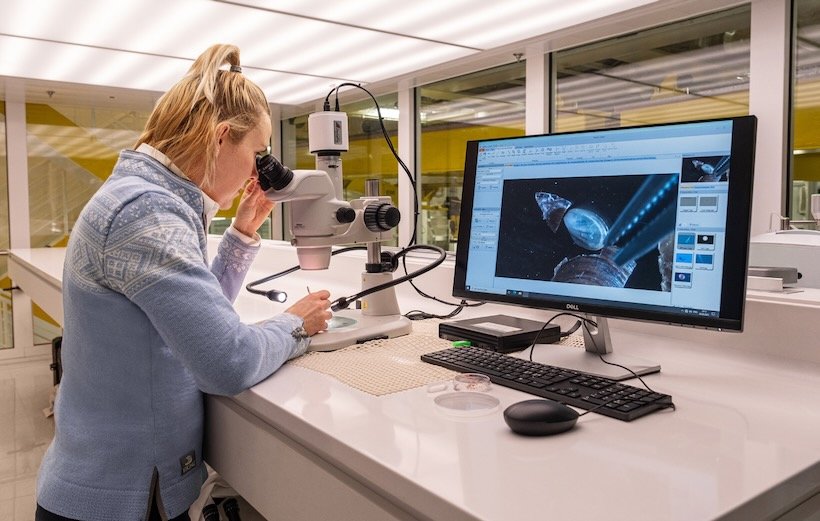
“People are going to come here, regardless. So at least we’re able to get some data out of the tourism,” says Dr. Brandi Revels, chief scientist for Viking. “This is a great place to have a conversation like this, as it’s not a science problem, it’s a ‘we’ problem. And if you can afford to come on a cruise like this, you’re affluent enough to understand and care and make a difference.”

Studying Antarctic Weather
Every Antarctic voyage with Viking also includes a weather balloon launch from the deck, where guests are invited to watch as research takes flight. Octantis and Polaris are the world’s first civilian ships to be equipped with weather balloon launch facilities, adding to the 102 stations in operation around the world. Each biodegradable balloon has a “radiosonde” transmitter and sensor unit that broadcasts wind, temperature, and atmospheric pressure data down to the ship every second—allowing meteorologists worldwide to make forecasts and predict storms. Without this information, accurate forecasts beyond a few hours would be almost impossible.
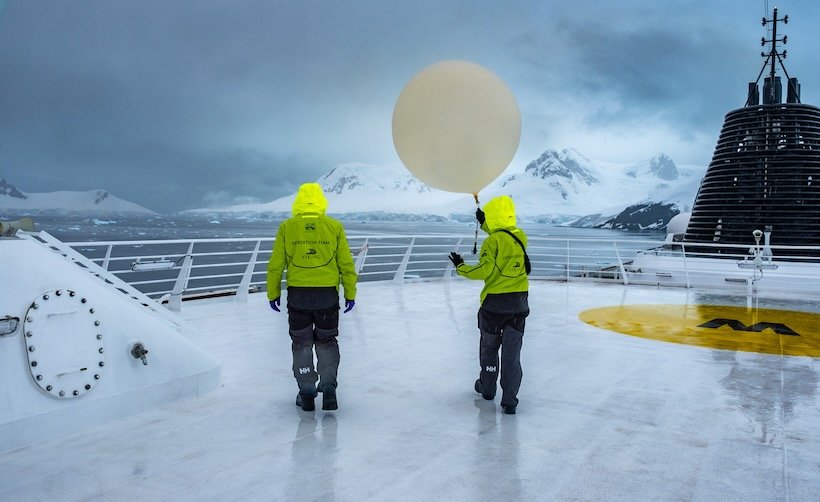
Numerous guests, including myself, scurried down to the ship’s Expedition Central after the launch to see the weather data arriving in real time—before the balloon popped at the lower-pressure altitude of around 17 miles.
Here, Dr. Julien Cornet, a geologist and one of the main scientists onboard, toggled back and forth between live maps and various charts and graphs on a large wall monitor, explaining to guests where the balloon was, what it was tracking, and the type of data being collected.
Meeting Creatures of the Deep
The Octantis and Polaris are both also equipped with a BRUV (baited remote underwater video) device that helps collect data on various animal species such as penguins, leopard seals, and sun stars. The BRUV, filled with chopped Atlantic mackerel, lures in animals to monitor species composition, size, and types of habitats here. And then there’s the ROV (remotely operated vehicle), which goes to areas deeper than the BRUV can reach (up to 985 feet), to gather footage of such deepwater creatures as ascidians (also known as sea squirts), sea slugs, and starfish.
Beatles fans take note: There are also two yellow submarines on both the Octantis and Polaris. And guests can go down into the deep to spot wildlife and new discoveries. On my voyage, one of the submarines spotted a rare phantom jellyfish swimming through the icy waters near our ship, an encounter recorded less than 150 times since the species was first described in 1910.
The phantom jellyfish (or Stygiomedusa gigantea), with its ribbon-like “oral arms” that are used to catch prey from up to 30 feet away, can reach incredible sizes. Oral arms over 20 feet long and a bell diameter of 3-plus are feet not unusual. All of the phantom jellyfish recorded thus far from Viking’s submarines have been longer than the submarine itself (almost 16 feet long), and one phantom jellyfish was at least double this length. Research is still underway as to why these creatures prefer the frigid waters around Antarctica.
Oftentimes, people think Antarctica is a barren place, but that’s not the case, and the footage coming from the BRUV, ROV, and submarine excursions are helping scientists and guests to see just what’s out there. For example, there are at least 700 species of seaweed found in Antarctica, and the ROV is helping to identify species and see what the seabed here looks like. And one hypothesis from the BRUV findings is that penguins are going to have greater species diversity here.
Personal Research Onboard
In between zodiac landings and kayak and submarine excursions, there’s also lots of time on board to go to numerous lectures led by the team of scientists and naturalists. On my voyage, lectures on penguins, whales, mammals, cartography, and Antarctic geography were just a small portion of programming. I learned about the geology of Antarctica, and how eastern Antarctica is much older than the western portion. I also learned that there are numerous volcanoes in Antarctica, including two active ones.
You can also always head out onto the ship’s decks to see what types of wildlife you can capture on your phone or camera. Science team members at the bow, Explorers Lounge, Expedition Central, and The Studio can tell you all about the types of birds, whales, and more you saw.
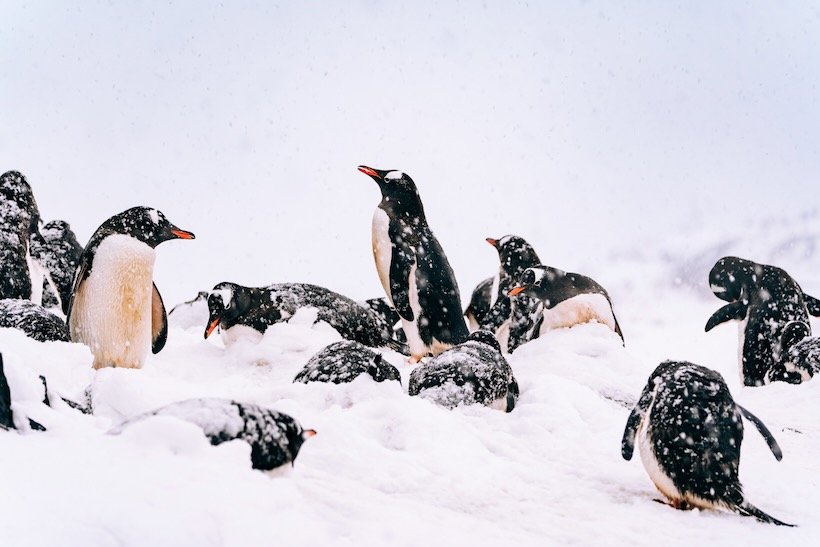
Marrying Tourism and Science at the South Pole
Viking’s Antarctic Explorer cruises operate from November through February. Christmastime through mid-February is a great period to visit because of weather and whale sightings, as they feed here during this time. Earlier in the season, you’ll find more white and snowy conditions. Fares start at $11,995 per person, double occupancy, for a 13-day cruise. This features Viking’s Inclusive Value, which covers all zodiacs, special operations boats, and kayak excursions, as well as landings.
Microplastics notwithstanding, Antarctica is arguably the last pure place on Earth, as it’s largely unexplored and unknown. Tourism on the continent is ramping up as expedition ships cart travelers in and out all winter long. But the silver lining is that science, research, and discoveries are happening on some of these ships, providing us with important information on pollution, weather, and wildlife.

